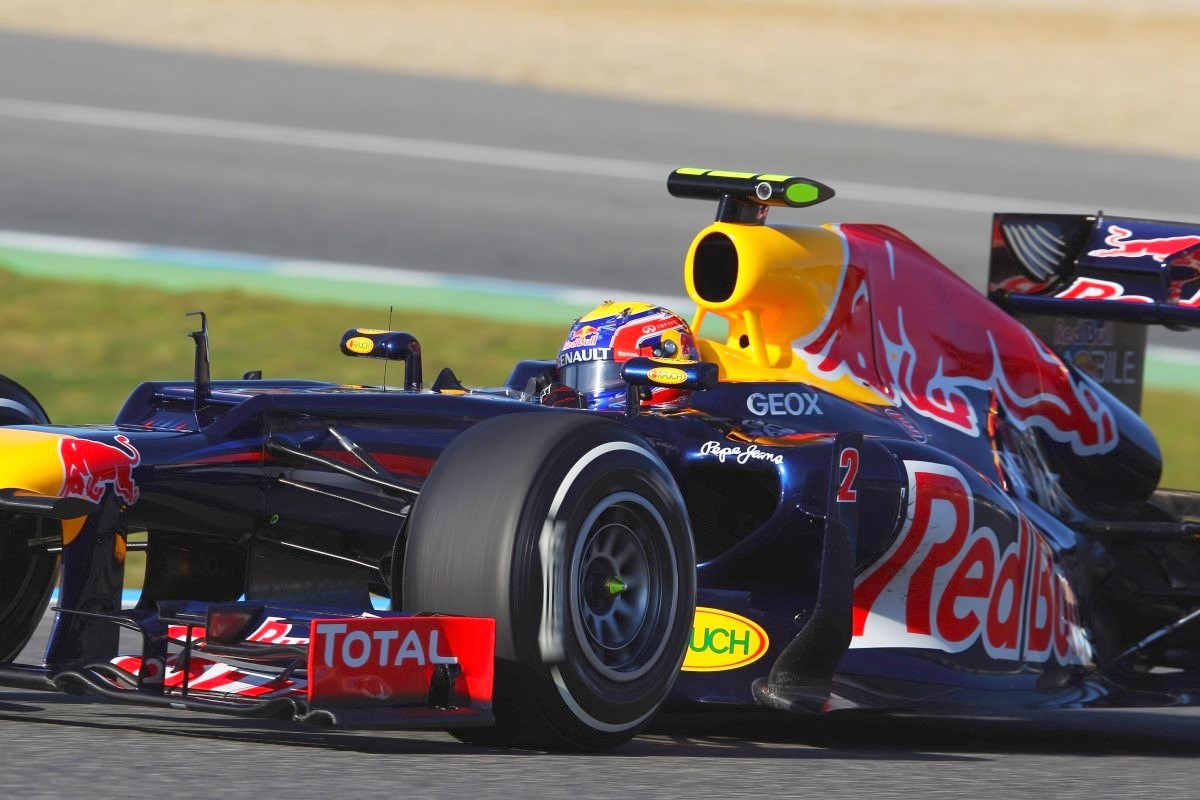Red Bull nose inlet questions
 |
| Newey claims letterbox slot in Red Bull nose is for driver cooling |
(GMM) Adrian Newey has cleared up the mystery about the 'letterbox' opening in the nose of the newly-launched 2012 Red Bull car.
The F1 world noticed that Newey's 'step nose' differs from its rivals in the form of an air inlet where the monocoque height meets the new lower nose height.
Some surmised it must be for KERS or engine cooling, or perhaps even an F-duct style channel through to the diffuser.
Designer Newey, however, said it is to just cool the drivers.
"The toes are a bit too cold now actually," grinned Mark Webber to Italy's Autosprint.
"Traditionally the driver cooling slot is at the front of the nose," explained Newey, "but really for styling as much as anything we moved it to where you now see it to break up the aesthetics of the ramp."
Newey also took the opportunity to reject speculation he might contemplate a switch to Ferrari in the near future.
"To now leave for another team would kind of feel a little like walking out on your children in a way," said the Briton.
 |
| Red Bull's stepped nose features an air inlet |
02/06/12 The new Red Bull RB8 is very much an evolution of its elder sister, the RB7, which crushed its opposition last year. However, one aspect has already attracted a keen amount of interest as the Formula 1 community gathers in Jerez on Monday.
The point in question is an air inlet located on part of the car which was non-existent in 2011 – the level drop down to the nose cone, which has been generated (to various extremes) on all of the new cars as FIA safety regulations call for lower noses.
The exact reason for the inlet – shown in the photo atop this article – has yet to be confirmed. Firstly, an opening of this kind can only ever be either an air inlet or outlet, as opposed to serving a dual purpose. In this case, an inlet is certain.
Some suggest the hole may be for cooling purposes, such as for KERS, with which the team suffered problems last season. Another option could be for aerodynamic reasons, with the inlet possibly sporting an exit which could direct airflow over the cockpit and in the direction of the air box and rear wing; if this is the case, it would help compensate for rear end downforce now that exhaust-blown diffusers are banned.
